It is not uncommon for directors of a company to take loans from the business during each financial year, often to cover unexpected bills.
Where this is the case, you are required to keep a record of any directors’ loans – money withdrawn from the company that is not a salary, dividend, or business expense repayment, or a loan made by a director to the company – in a directors’ loan account (DLA).
An up to date and accurate DLA, which accounts for money lent to you by the company as well as money you pay into the company, is essential when calculating your personal and company tax obligations.
There is no legal limit on how much you can borrow but, where the cumulative balance you have withdrawn is more than £10,000 a Benefit in Kind (BiK) charge is triggered.
In this article, we look briefly at a few of the key considerations when it comes to managing your directors’ loan account.
Interest on loans
Your company has the freedom to set the interest rate on any loan that it provides to a director.
That said, if the interest rate is set below HM Revenue & Customs’ official rate, the difference is treated as a taxable benefit.
In other words, the director may face a personal tax charge based on the difference between the rate they are paying and the official rate that has been set by HMRC.
It is worth bearing in mind that HMRC’s official interest rate is not fixed, and can be impacted by changes to the Bank of England base rate.
Avoid being overdrawn at the financial year-end
Being overdrawn on a DLA, at the end of a financial year, can carry a number of significant tax implications.
If the DLA of a close company (i.e., a company with fewer than five directors) is in debit nine months and one day after the organisation’s year end, a tax charge called a Section 455 (S455) will apply at a rate of 33.75 per cent. Once you have fully repaid the loan, HMRC will repay the S455 to your company.
However, the time between paying the loan and receiving a tax refund could negatively affect your company’s cash flow, so it is best to avoid being overdrawn at the financial-year end, where possible.
Reduce Corporation Tax on company loans
As much as it is common for directors to borrow money from the company, the same is also true in reverse – particularly when the business is just starting up or where there is a temporary issue with cash flow.
Your company will obtain Corporation Tax relief on any interest that you charge on the loan as this is considered a business expense for the company.
However, the interest you charge on a loan to the company will count as personal income for you.
This income must be reported via your Self-Assessment tax return, while the company must pay you the interest less the basic rate of Income Tax (20%), and report and pay the Income Tax to HMRC every quarter via form CT61.
For further advice and guidance on effectively managing your directors’ loan accounts, please contact our team of advisers.










